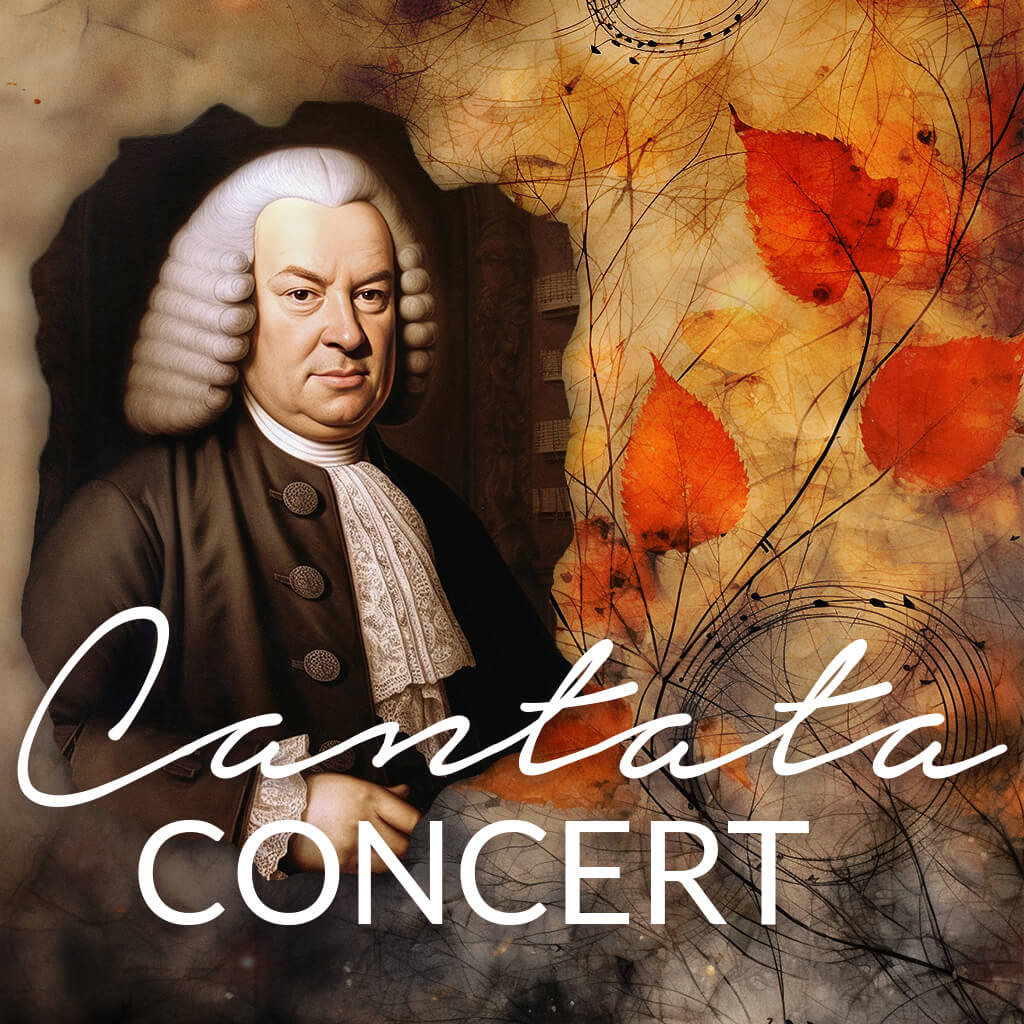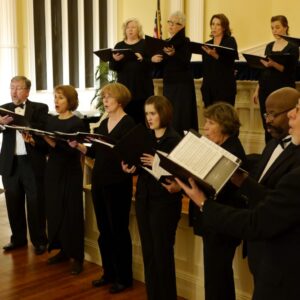
BWV 73: “Herr, Wie du Wilt, So Schicks Mit Mir”
"Lord, as you will, so let it be done with me"
Date: Jan 21, 2024 | Time: 5:00 pm
$20.00
Out of stock
Description
Johann Sebastian Bach’s Cantata BWV 73: A Fusion of Theological Themes and Musical Innovation
Composition and Historical Backdrop
In early 1724, Johann Sebastian Bach masterfully composed “Herr, wie du willt, so schicks mit mir” (Lord, as You will, so ordain it unto me), BWV 73, for the third Sunday after Epiphany in Leipzig. This succinct piece, spanning less than 14 minutes, delves into the theme of surrendering to God’s will, reflected in its tonal journey from G minor to C minor and then to E-flat major. Potentially penned by Salomon Franck, the libretto intertwines the narrative from the Gospel of Matthew, depicting Jesus healing the leper, thereby symbolizing the stark contrast between human vulnerability and divine perfection. Subsequently, Bach revised and performed this work around 1748 or 1749, ensuring the theme of divine will resonated throughout its movements.
Musical Structure and Thematic Elements
Encompassing five movements, Bach’s cantata showcases soprano, tenor, and bass soloists, a four-part choir, and an ensemble featuring a horn (or organ in the revision), two oboes, violins, a viola, and basso continuo. Its distinct sections include:
- Chorus and recitative: “Herr, wie du willt, so schicks mit mir”
- Tenor aria: “Ach senke doch den Geist der Freuden”
- Bass recitative: “Ach, unser Wille bleibt verkehrt”
- Bass aria: “Herr, so du willt”
- Chorale: “Das ist des Vaters Wille”
Initially, the opening chorus captivates with its orchestral prelude and a recurring oboe motif, marking a departure from conventional chorale fantasias. It intricately weaves chorale phrases with solo passages that are rich in unpredictability. Furthermore, the tenor aria, characterized by a solo oboe and descending sequences, symbolically portrays the Holy Spirit’s descent to earth. In contrast, the bass aria, with its through-composed structure and string accompaniment, creates a thematic link to Bach’s renowned “Abide with Me.” Finally, the cantata culminates with a four-part chorale, “Das ist des Vaters Wille,” drawing inspiration from the French melody “Une jeune fillette.” This harmonious blend of theological narrative and innovative musical elements underscores Bach’s prowess in crafting compositions that are both concise and deeply expressive.


